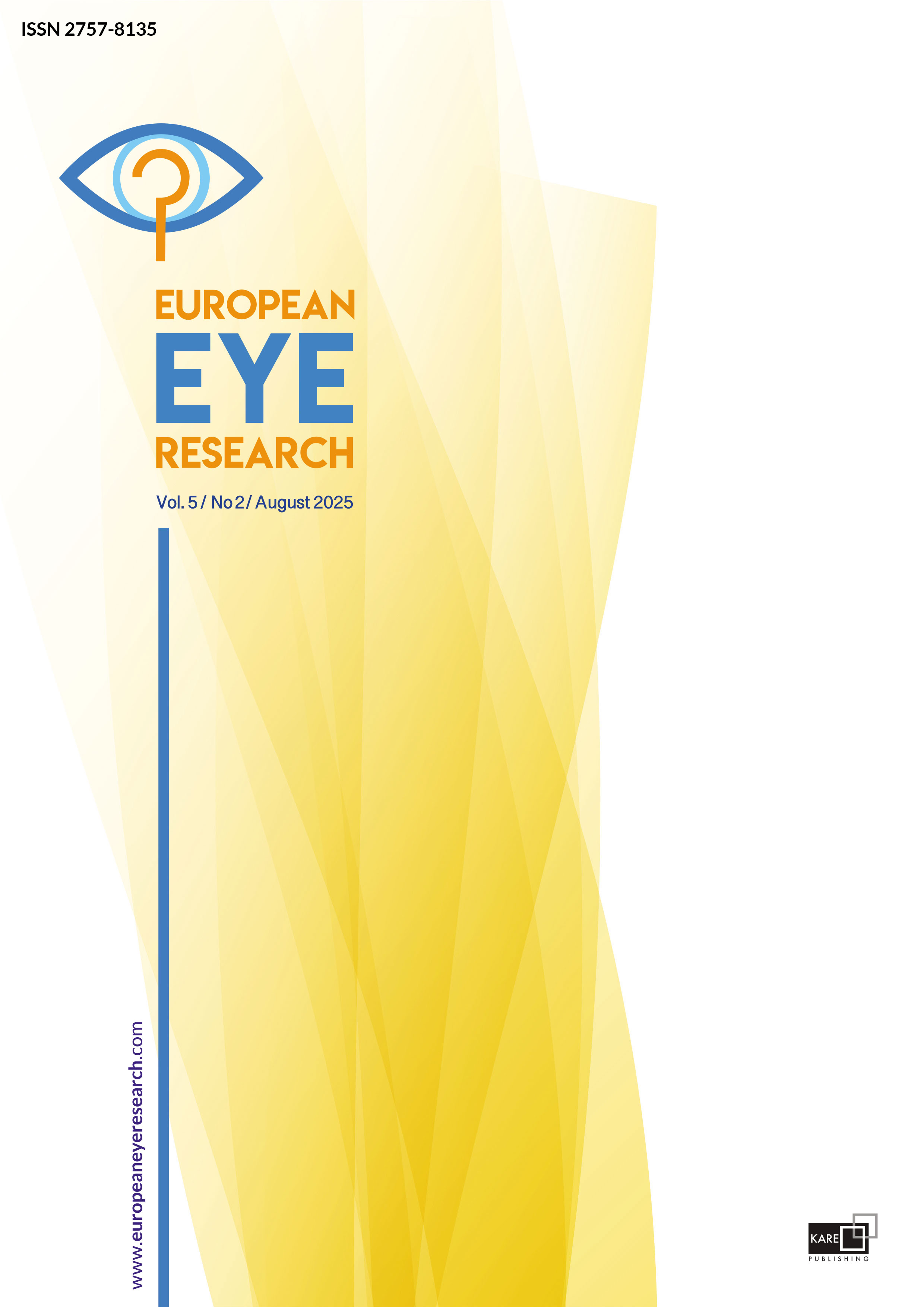

Evaluation of dry eye disease and meibomian gland dysfunction with meibography in type 2 diabetes
Meryem Altin Ekin1, Hazan Gul Kahraman2, Ebru Boluk3, Tulay Kurt Incesu41Department of Ophthalmology, Dokuz Eylul University Faculty of Medicine, Izmir, Türkiye2Department of Ophthalmology, Izmir Buca Seyfi Demirsoy Training and Research Hospital, Izmir, Türkiye
3Department of Neurology, Izmir City Hospital, Izmir, Türkiye
4Department of Neurology, Izmir Katip Celebi University Faculty of Medicine, Izmir, Türkiye
PURPOSE: To identify the relationship between dry eye disease (DED) and type 2 diabetes mellitus (DM) and also to explore whether meibomian gland dysfunction was a significant predictor for the development of DED.
METHODS: This prospective cross-sectional study involved patients with type 2 DM and age- and sex-matched healthy con-trols. All of the participants underwent dry eye tests, including meibomian gland function. Based on the DEW II diagnostic method, which included both symptom and objective tests, diabetic patients were grouped as DED+ and DED-. All findings were compared, and predictive factors for DED were identified.
RESULTS: Of the 76 patients with type 2 DM, 47 (61.8%) were diagnosed as DED. In patients with type 2 DM, there was a signif-icant increase in the ocular surface disease index, corneal surface staining, eyelid margin abnormality, and meibomian gland dysfunction, and a significant decrease in tear break-up time and Schirmer I test (p<0.05). Measurements of dry eye tests were more severe with the presence of DED (p<0.05). Duration of DM and HbA1c level were significantly correlated with ocular surface and meibomian gland dysfunction parameters (p<0.05). Duration of DM (p=0.001), HbA1c level (p=0.005), and presence of diabetic peripheral neuropathy (p<0.001) were found to be independent and significant predictors of DED.
CONCLUSION: Type 2 DM was found to be significantly associated with ocular surface abnormalities, including meibomian gland dysfunction. Furthermore, duration of DM, HbA1c level, and diabetic peripheral neuropathy were predictive factors of DED in type 2 DM.
Keywords: Diabetes mellitus, diabetic peripheral neuropathy, dry eye, meibomian gland, ocular surface
Manuscript Language: English



